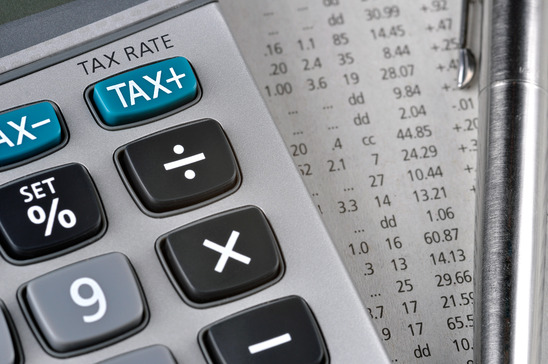
The Internal Revenue Service (IRS) imposes and excise tax on the purchase of specific medical devices. This tax is paid by the importer or manufacturer of the medical device. The details of this tax are found in the IRS Code Section 4191. On December 18, 2015, a moratorium on the medical device excise tax was passed into law. It is known as the Consolidate Appropriations Act. A manufacturer, importer or producer of medical devices will not have to pay the excise tax during this time. The moratorium will end on December 31, 2017.
Medical Device Tax
The FDA has classified over 1,650 generic types of medical devices. They are listed with the FDA under section 510(j) of the Federal Food, Drug and Cosmetic Act. These devices are identified by product codes that are used to describe a subcategory of medical devices listed in the regulation. It some situations, a manufacturer may list various medical devices under the same product code. This would count as a single listing. All of the medical devices listed under an identified product code are classified as taxable medical devices.
Manufacturer
According to the IRS, a medical device manufacturer is defined as an individual who builds a taxable medical device from new or raw materials. They produce such a medical device by changing or manipulating the form of the object or by joining or assembling two or more devices to create a single taxable medical device.
Importer
The IRS defines a medical device importer as a person who brings a qualified medical device into the United States from a source outside of the country. This is also a person who takes qualified medical devices from a customs-bonded warehouse for the sole purpose of sales or use in the United States.
Tax Free
The tax is calculated by the IRS as 2.3 percent of the sale price in regards to a taxable medical device. Prior to the moratorium on medical device excise tax, and after it is over, there are certain circumstances when these items can be legally sold without paying tax. If the taxable medical device is intended to be used by the purchaser for additional manufacturing, then paying the tax won’t be required. This is also the case if the medical device is for resale by the person who purchased it to a second purchaser for additional manufacturing. The same is true if the medical device is for export as well as resale for export. In this situation, both parties must be registered with the IRS. During the registration process, IRS form 637 will have to be completed.
Retail Exemption
The medical device excise tax does not apply to the sales of items including contact lenses, eyeglasses, hearing aids and more. It is not considered applicable to items commonly bought by the public at retail locations for individual use. This is known as the retail exemption. The IRS regulations explain the facts and circumstances used to determine if a medical device qualifies for retail exemption. This exemption will apply to devices that are easily made available to be purchased by consumers. You do not have to be a medical professional to purchase these devices. The medical devices qualifying for retail exemption are not used primarily by a medical institution or medical professionals in the performance of their duties.
Medical Device Leadership
The United States is the world leader when it comes to medical technology. The medical device excise tax threatened that leadership because of the burden it placed on medical device innovators. The moratorium will give companies involved in importing and manufacturing medical devices the opportunity to become more competitive. The tax impacted approximately two million jobs involved with this industry.
Keep up to date on the latest Medical Device News.
